I’m not a new sewer, but new to this site. I have never heard the terms “coverlock’ or ‘cover stitch’ before. Does that refer to serging stitching?
Conversational Threads
Threads Insider
Get instant access to hundreds of videos, tutorials, projects, and more.
Start Your Free TrialAlready an Insider? Log in
Conversational Threads
Highlights
-
Sign up for the Threads eletter
This site is protected by reCAPTCHA and the Google Privacy Policy and Terms of Service apply.See all newsletters -
 Sponsored Content
Sponsored Content
Where to Buy
-

-

-

-

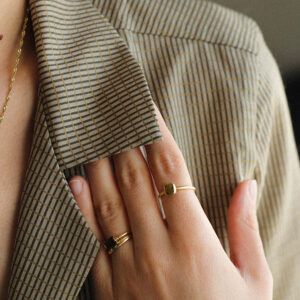
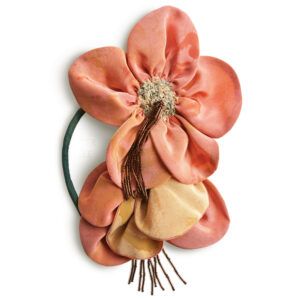
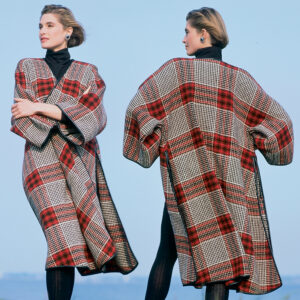

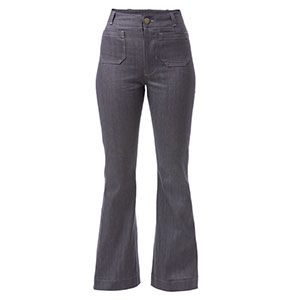
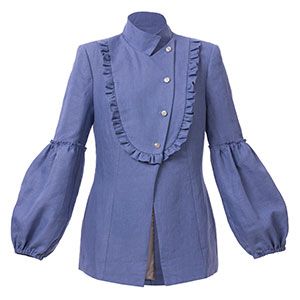
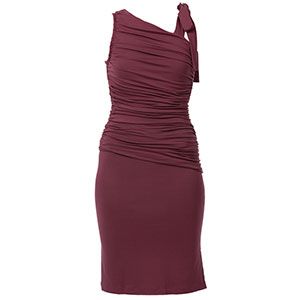
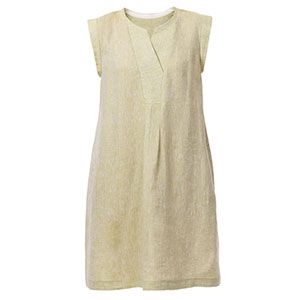
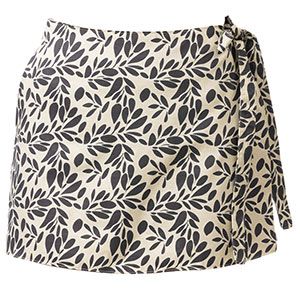

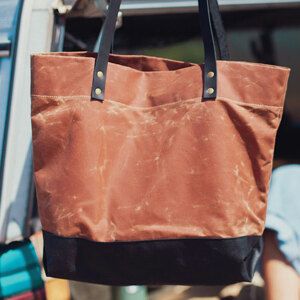
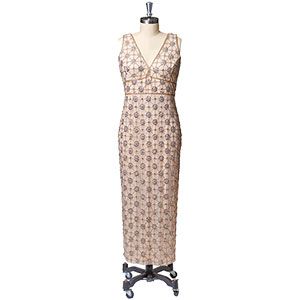

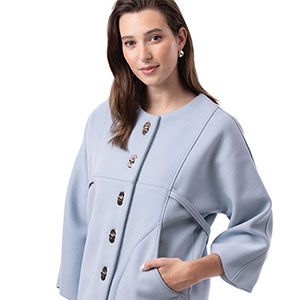
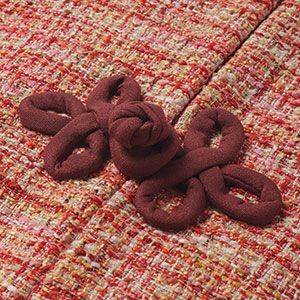








Replies
A coverstitch is the kind of stitch you see on the hem of your tee shirt. On the right side it looks like two rows of straight stitching. On the wrong side it will look sort of like a bunch of SSS. This stitch can be produced from a cover stitch only machine or a serger that has a cover stitch. Not all sergers do.
A coverlock stitch is produced by a serger. It looks like a ladder on one side and similar to the SSS on the other. It is usually used to join flat seams.
Many people confuse the two terms, but they are separate stitches. Either can be used for decoration.
Thank you, Mary. I didn't know that. I always wondered how they got that double line of stitching on t-shirts. I didn't know it was a special machine. Thanks again for the information. I love this web site. I think I will become a regular! :)
If you don't have a serger, you can still get the same effect as Kathee is mentioning by using a double needle (if you have a zigzag machine - but don't put it in zigzag mode, or you'll break the needles. You need the zigzag throatplate for this). I use it all the time for T-shirt hems, etc. when I want the double stitching, as I don't have a serger.
Gloria
Thank you, Gloria. I will definitely try that. I don't know why I never thought of that before.
If you use your sewing machine and a double needle to create the coverstitch look, and are having trouble with the fabric tunneling use a piece of washable stabilizer.
You might also see a reference to overlock. It means the same thing as coverlock.
I just wanted to add that not all sergers have coverstitches and not all serged stitches stretch so well as a coverstitch, which makes it a great hem for T-shirts.
I have used twin needles lots and sometimes the stretch stich on my sewing machine but I still longing look at the coverstitch for doing what it does.
This post is archived.